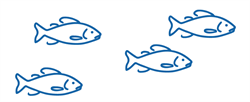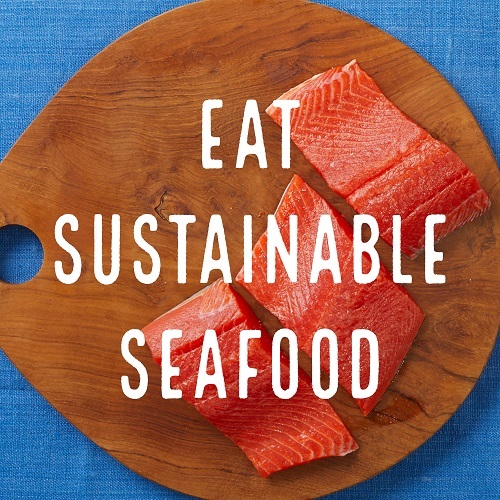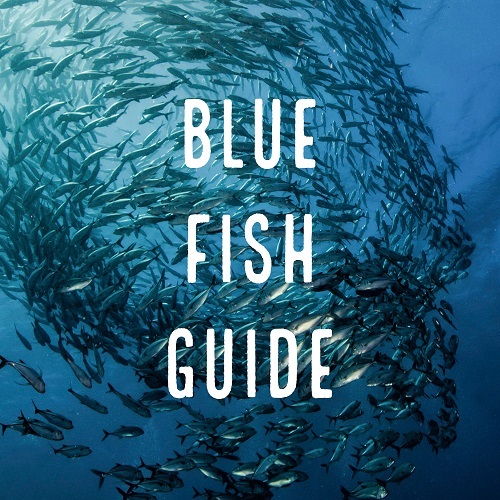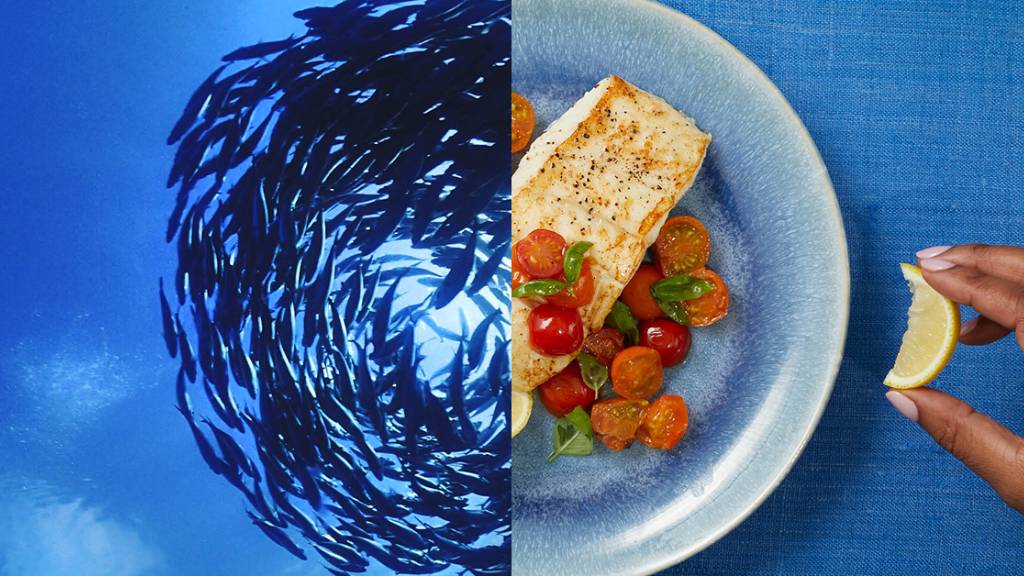Is halibut sustainable?
At the MSC, we believe that there is no such thing as a sustainable species, only sustainable stocks (‘stock’ is another word for group or population of fish). There are three species of halibut and multiple different stocks, many of which are well managed. There are multiple halibut fisheries in the program, and you can find MSC certified sustainable options throughout North America.
Long story short: if your halibut has the MSC blue fish label on it, it’s sustainable!
That means enough halibut are being left to continue reproducing, the fish was caught in a way that minimizes environmental impact, and there is responsible oversight so any changes to the stock or the environment are monitored and can be responded to as needed. Halibut with the MSC blue fish label is certified sustainable and can be traced back to a well-managed fishery.
What is halibut?
Halibut is a large flatfish in the flounder family. It includes three different species: Pacific, Atlantic, and Greenland halibut (also called turbot). They live and feed on the bottom of the seabed and can be found in the North Pacific, North Atlantic, and Arctic Oceans.
Pacific halibut is a traditional source of protein for Alaska Native and Canadian First Nation coastal communities. The Haida people in the coastal bays of British Columbia have an old saying “when the salmonberries are ripe, the halibut are in the kelp”. This reveals their knowledge about the time and place for successful fishing.
In North America, Pacific halibut (Hippoglossus stenolepis) can be found from California to the Bering Sea in Alaska, and the population extends out to Russia and Japan but those stocks are managed separately.
Atlantic halibut (Hippoglossus hippoglossus) range from Virginia in the US all the way to Disko Bay in Greenland. There is also halibut in the eastern Atlantic, but they are managed separately.
There are eight MSC certified halibut fisheries in the MSC program. Pacific halibut in the USA and Canada was among the first MSC certified stocks in the area. They are managed by a long-running international treaty that set up the International Pacific Halibut Commission in 1923.

Did you know? The Atlantic halibut is one of the world’s largest flatfish, reaching over 15 feet in length. The largest Atlantic halibut ever recorded was taken off Cape Ann, Massachusetts and weighed around 617 pounds.
Is halibut healthy?
Halibut has a firm texture and mild, sweet taste, making it a popular choice among North American seafood lovers. Turbot is snowy white and tender with large flakes. The meat is sold smoked in some European countries. It is also served as sushi or in the Faroe Islands, as a creamy fish salad.
All three halibut varieties can be baked, deep-fried, poached, steamed, or grilled. Cooked from fresh, the meat has a clean taste and requires little seasoning. It is rich in omega-3 fatty acids, containing lots of micro-nutrients and is a high-quality source of protein.
Where can I find sustainable halibut?
MSC certified halibut is available in most grocery stores! Check fresh fish counter and frozen food section.
Easy halibut recipes

Featured{{item.Headline}}
{{item.Description}}
Discover more

Read
Head to the MSC blog for the latest news about the MSC, sustainable seafood, and general ocean health.

Eat
Get inspired to eat more sustainable seafood with recipes and cooking tips, foodie guides, and more!

Shop
Check out this guide on how to find sustainable seafood with the MSC blue fish label.


